Diabetes

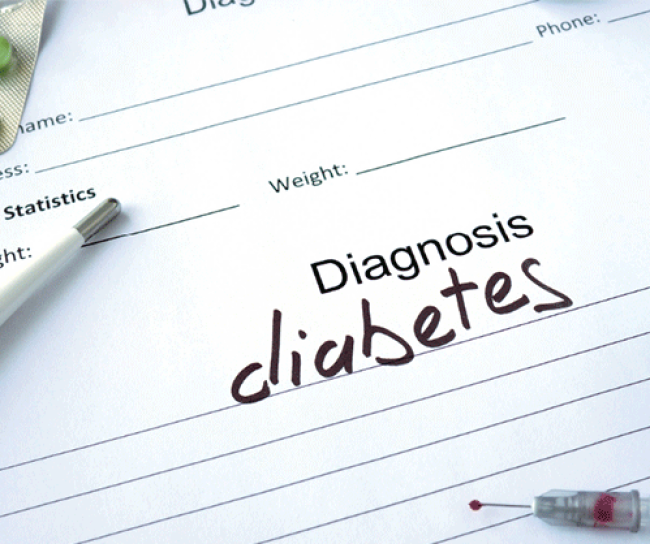
With the prevalence of diabetes continuing to grow in many countries, it has become one of the top ten global causes of death.1,2
Approximately 425 million adults worldwide have diabetes, of which half are not aware that they have it. If nothing is done, the number of people with diabetes, could rise to 629 million by 2045. Africa has the highest number of undiagnosed diabetics.3
What is diabetes
Diabetes mellitus (Diabetes) is a chronic condition where blood sugar (glucose) levels are abnormally high, because the body cannot produce enough insulin or use the insulin it makes properly. Insulin is a hormone produced in the pancreas. After the body breaks down the food we eat into glucose, insulin transports the glucose to the cells where the glucose is converted into energy. The lack of insulin or the inability of the cells to respond to insulin, leads to high levels of glucose remaining in the blood which is known as hyperglycaemia.4,5

If left unchecked, over the long term, hyperglycaemia can cause damage to various organs and lead to disabling and life-threatening health complications such as:1
- Blindness / retina damage (retinopathy)
- Kidney complications and failure (nephropathy)
- Heart attacks and strokes (cardiovascular)
- Lower limb amputation
There are different types of diabetes
Each with a different cause and different treatments 4,5
Types of diabetes:
There are three main types of diabetes:
Type 1 diabetes – Is an autoimmune reaction (your body attacks itself), which results in not enough insulin being produced by your body and consequently abnormally high blood sugar levels in the body. Although type 1 diabetes can develop at any time, it usually begins in childhood or adolescence. The causes of type 1 diabetes are unknown and there is no cure. However, monitoring blood sugar levels and taking insulin every day to achieve the most consistently normal blood sugar levels possible, as well as maintaining a healthy lifestyle enables people with type 1 diabetes to live healthy and fulfilling lives.5

Type 2 diabetes – Is the most common form of diabetes and accounts for 90 % of all cases. It usually develops over years and is diagnosed in adulthood. However, increasingly it is seen in children, teenagers and young adults.4
In type 2 diabetes, not enough insulin is produced and the body doesn’t respond to the insulin it has. This is also known as insulin resistance.5
Type 2 diabetes is most often, but not always, associated with obesity, poor diet, physical inactivity, advancing age, family history of diabetes, ethnicity and high blood glucose during pregnancy. It can go undiagnosed for years. Many cases of type 2 diabetes can be prevented or managed by making lifestyle changes. When maintaining a healthy lifestyle does not work, medication may be needed.5
Gestational Diabetes Mellitus (GDM) – Is the result of insulin resistance caused by the placenta’s production of hormones. While GDM usually affects pregnant women during the second and third trimesters of pregnancy, it can occur at any time during pregnancy. GDM usually exists as a temporary disorder during pregnancy and resolves once the pregnancy ends. However, about half of women with a history of GDM will develop type 2 diabetes within five to ten years after delivery and are at a higher risk of developing GDM in subsequent pregnancies. Babies born to mothers with GDM also have a higher lifetime risk of obesity and of developing type 2 diabetes.5
Symptoms of Diabetes5
The symptoms of high blood glucose levels (hyperglycaemia) include:

Unusual thirst and dry mouth

Frequent urination
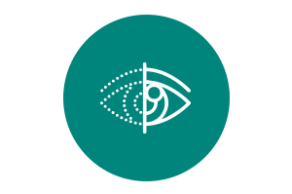
Blurred vision

Drowsiness and lack of energy

Sudden weight loss (Type 1 diabetes)

Increased hunger (Type 1 diabetes)

Slow-healing wounds and recurrent fungal skin infections (Type 2 diabetes)
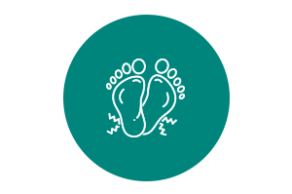
Tingling or numbness in the hands or feet (Type 2 diabetes)
Management of diabetes5
Diet, exercise, and education are the cornerstones of treating diabetes, especially type 2 diabetes. Consistently maintaining as close to possible normal blood sugar levels is important. If appropriate management of diabetes is achieved, serious complications of diabetes can be delayed or prevented. Especially when diabetes is detected early.

Keeping healthy as a diabetic means:5

Having a healthy diet

Reducing sugar intake

Exercising regularly
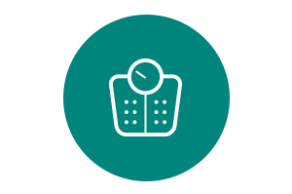
Achieving and maintaining a healthy body weight

Avoiding tobacco use

Education: Being informed about diabetes and how to manage it
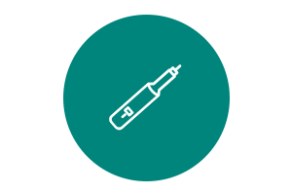
Type 1 diabetes: an uninterrupted supply of insulin is essential for survival
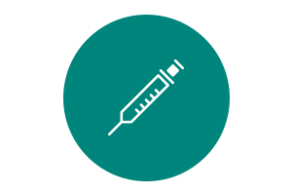
Type 2 diabetes: often drugs by mouth and sometimes insulin or other drugs by injection will be necessary when the disease progresses
Are you at risk6
According to Diabetes South Africa, you are at risk if you:
- Are over 35 years of age
- Are overweight, carrying most of your extra weight around your middle
- Are part of a high-risk ethnic group eg: of Indian descent
- Have a family history of diabetes
- Have had gestational diabetes during pregnancy or your baby weighed more than 4 kgs at birth
- Have high cholesterol or other fats in your blood
- Have high blood pressure or heart disease
References:
- World Health Organization (WHO), Diabetes, Fact Sheet. Available at: https://www.who.int/news-room/fact-sheets/detail/diabetes. [Accessed: 29 July 2019].
- World Health Organization (WHO). The top 10 causes of death, Fact Sheet. Available at: https://www.who.int/news-room/fact-sheets/detail/the-top-10-causes-of-death. [Accessed: 29 July 2019].
- International Diabetes Federation (IDF). IDF Diabetes Atlas – 8th Edition. Global Fact Sheet. Available at: https://diabetesatlas.org/resources/2017-atlas.html. [Accessed: 29 July 2019].
- Centers for Disease Control and Prevention (CDC). Diabetes. Basics. Available at: https://www.cdc.gov/diabetes/basics/diabetes.html. [Accessed: 29 July 2019].
- International Diabetes Federation (IDF). IDF Diabetes Atlas – 8th Edition. Available at: https://idf.org/e-library/epidemiology-research/diabetes-atlas/134-idf-diabetes-atlas-8th-edition.html. [Accessed: 29 July 2019].
- Diabetes South Africa. About Diabetes. Are you at Risk? Available at: https://www.diabetessa.org.za/are-you-at-risk/. [Accessed: 29 July 2019].
